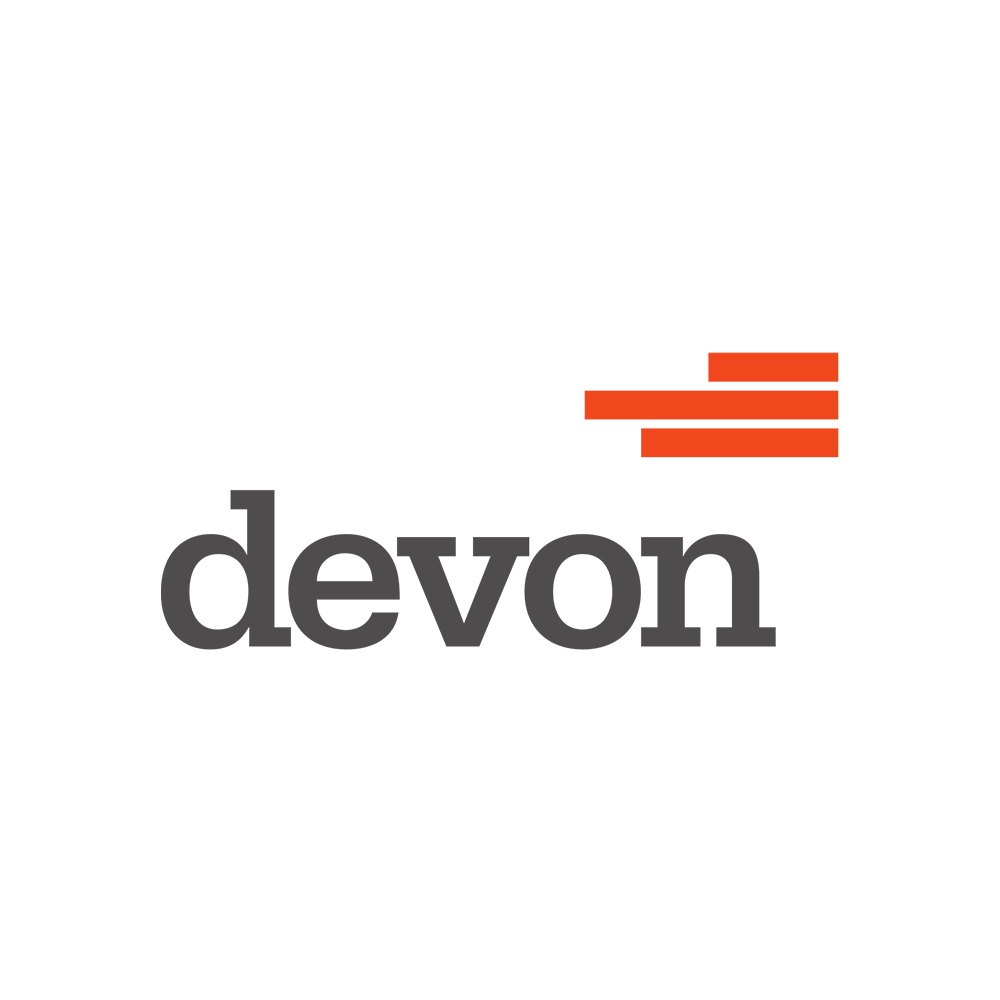AI Insights: Balancing the Benefits and Risks of AI Integration
As AI advances, business leaders must balance its benefits with ethical use. This article shares three steps to integrate AI into your organization—and eight starter questions your leadership team needs to align around now.
*******
AI is changing the way we work.
This summer, I have been reflecting on how we use technology. Our reliance on it comes with benefit and risk.
Three events occurred, and they continue to “connect the dots” in my thinking on how we can strike a balance between the positive change and impact of the technologies we’ve created, as well as the challenges they present as we look forward to our future.
1. European Trip Reflections.
In June, I was fortunate to spend nearly a month with my family, traveling Europe. We visited Germany, Switzerland, and Italy, enjoying the beautiful hikes in the Alps, running the track of Circus Maximus in Rome, and enjoying the beachfront of the Mediterranean in Taormina. Europe’s relationship with technology has always interested me, because I don’t see people on their phones constantly as I do in the United States. And community is so important to them, regardless whether it’s in a large city or seaside village. But this time my thoughts were around AI and the effect it will have on them. I kept thinking “they’re so unprepared,” because they don’t rely on AI heavily in many of the small towns. Will they embrace it? Will they become victims to it? And how will this change the relatively relaxed and family-focused culture that has been embraced for centuries?
2. Presentation Development.
I’ve teamed up with Sean Alexander, our newest advisor at The Persimmon Group, for a joint keynote titled “Navigating the Uncharted Waters of Responsible AI Innovation.” Sean, a former Microsoft executive, had an impressive 25-year career that included co-authoring Microsoft’s Applied AI strategy and orchestrating the initial OpenAI partnership. When I first met Sean a few years ago, it led to a series of insightful discussions about the state of technology, particularly in AI. We explored the rapid advancements, the breadth of their impact, and the unprecedented pace of change. Our presentation is a culmination of these conversations, offering a comprehensive look at the current state of AI, the associated benefits and risks, and practical guidance for business leaders on preparing their workforce to engage with this technology responsibly.
All technologies come with both positives and negatives, but this one, in particular, is advancing so rapidly and at such a scale that I fear we are unprepared to handle it. I don’t hear enough discussions or questions being raised about its implications or where we should establish boundaries in its use. Instead, organizations seem focused on the immediate, exciting impacts it offers, often overlooking the need for thoughtful consideration of its broader, long-term consequences.
3. The CrowdStrike Outage.
The global tech outage last week caused by apparently two lines of code in a cyber security platform could create an inflection point, where leaders reassess our reliance (and maybe over-reliance) on technology and the impact it has when it suddenly disappears. In one of the news reports, an aviation expert shared that no commercial aircraft can takeoff or land today without a computer. The 911 emergency number and first responder services were affected, as well as hospitals— functions in our society that we have felt fairly secure and safe with over the past several decades. I expect there will be investigations into the causes and potential protections from future events like this, and these may also illustrate how many of our political leaders don’t comprehend how technologies and tools are used or integrated into our daily lives.
Three Essential Steps to Integrate AI into Your Organization
Based on my learnings these past few months on AI, scale and speed should be the top challenges business leaders are discussing and setting priorities and parameters around. Navigating the competitive landscape as organizations implement these new technologies differently, to determine the right fit for your customers and your employees, is quickly becoming the top priority. To do so, I recommend the following three steps:
1. Have intentional conversations as a leadership team to develop a posture on AI-sharing on a daily basis.
Here are some starter questions your leadership teams need to align around now:
- Fairness and Bias: How can we ensure that AI systems are fair and unbiased and mitigate potential discriminatory outcomes?
- Transparency and Explainability: How can we make AI decision-making processes transparent and explainable to stakeholders?
- Privacy and Data Protection: How can we protect user privacy and data security in the context of AI development and deployment?
- Impact on Employment: How can we mitigate the potential negative impacts of AI on employment and the workforce?
- Alignment with Values: How can we ensure that AI systems align with the organization’s ethical values and social responsibilities?
- Stakeholder Engagement: How can we involve stakeholders, including customers, employees, and the public, in discussions about AI ethics?
- Ethical Decision-Making: What ethical frameworks and principles should guide our decision-making around AI development and use?
2. Integrate AI opportunities and risks into your Innovation Portfolio with small pilot projects.
Consider creating a Tiger Team focused on “How could we use AI? What competitive/market risks exist with AI?
3. Establish your AI ethical principles and engage your employees in them.
Some example ethical principles might include:
- Transparency and Explainability: Ensure that AI systems are transparent and their decision-making processes are understandable to users and stakeholders. This includes clearly communicating how data is used, how decisions are made, and providing accessible explanations for AI-driven outcomes.
- Fairness and Non-Discrimination: Commit to developing and deploying AI systems that are fair and do not perpetuate biases. This involves regularly auditing AI models for bias, ensuring diverse training data, and implementing measures to mitigate any detected discrimination to ensure equitable treatment for all users.
- Human-Centric Augmentation: AI systems shall be designed and deployed to augment, not replace, human capabilities. Their purpose is to enhance human productivity, creativity, and decision-making, while preserving human dignity and well-being. AI must never be used in a manner that causes harm to individuals or society, or that undermines human autonomy or control.
I’ll leave you with this to consider: As Sean and I prepared our presentation, a new AI application called Runway was released. Like Sora (which came out in 2023 and created one-minute videos), it can create AI generated videos based on text prompts. Within 48 hours of Runway being released, a creative director generated this new fan-made commercial for the auto maker Volvo using only text prompts. Everything in this video is AI generated, including the music. Typically, this would’ve taken six to 10 weeks for creative team to generate with a budget close to $500k. On one hand, this is a huge benefit, both in the speed it could generate the video, as well as the cost savings for Volvo. On the other hand, what does that mean for the people that would previously have spent their time creating this commercial?
Let’s all increase our conversations about how we navigate this amazing new technology so we step into it with eyes wide open.
Ready to Embrace AI? Let’s Navigate the Future Together!
If you’re looking to navigate the complexities of AI implementation and its implications for your organization, I’m here to help. Contact me for information on leadership keynote speaking, executive coaching, and facilitation services tailored to equip your team with the knowledge and strategies needed to thrive in this rapidly evolving landscape. Let’s work together to harness AI’s potential responsibly and effectively.























